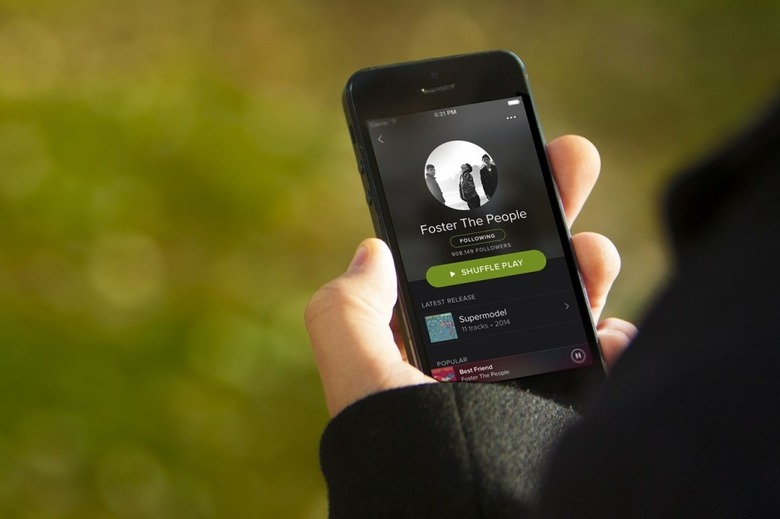Spotify's Video Streaming Service Set To Launch This Week
Spotify seems ready to move past streaming music and embrace video as well. Just as rumored before, the company wants to offer video content as well and the new product will reportedly roll out later this week with a heavy focus on mobile. Android users will get it this week via an app update, with iPhone owners set to receive it by the end of next week.
DON'T MISS: Making a Murderer: Where are they now?
The news comes via The Wall Street Journal, which learned that Spotify has been beta testing the service in the four launch markets, including the U.S., U.K., Germany, and Sweden.
Spotify customers in these regions will soon be able to watch video content from various partners, including BBC, Comedy Central, ESPN, Maker News, MTV, Vice News.
It's not clear at this time what type of video content will be available on Spotify, but the Journal says that users will be able to watch short clips, at least initially. Shows like Jimmy Kimmel Live and Epic Rap Battles should be featured on Spotify while other companies will be developing original, music-themed series for the streaming service.
Spotify's major challenge will be to convince users to watch videos in addition to listening to music. "Obviously, our primary user is a music fan, and they are not necessarily leaning in and looking into the app," Spotify's vice president of product Shiva Rajaraman said. "So there are no particular recipes for how to get this right."
Spotify will be paying for video content, but video streaming won't be plagued by advertising, the Journal says. The company sees its new service as a way to expand its audience and get existing users to spend more time with the app.
"This [launch] is fundamentally about giving music fans what they want," Rajaraman said. "We are doing fine on monetization. This is primarily a demand play."
